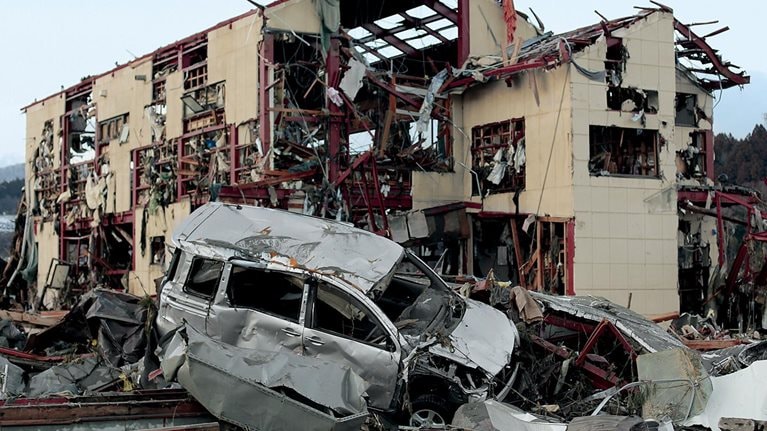Interview transcript
Black swans, unknown unknowns, and wicked problems
We are living in a complex world, and this world is getting more and more complex because of the great acceleration. And the challenge for governments is to make sense of this complexity. Yet governments are not necessarily equipped to deal with this. They may not at first recognize that they are operating in a complex environment. They may not have the tools to deal with this level of complexity.
The consequences of complexity are that we are going to be surprised more and more. We are going to be surprised by black swans. We are going to be surprised by unknown unknowns. There will be many wild cards. And furthermore, these shocks will produce amplitudes that are also increasing. And how do governments reduce the level of complexity? How do governments reduce the frequency of black swans? How do governments reduce the amplitude of the shocks? That’s the challenge.
New tools for new challenges
Strategic planning, structural modeling, analysis—these things are very good in a complicated environment where things behave in a very Newtonian fashion. Inputs and outputs are pretty predictable and connections are pretty well understood. But once you move out of that, then those tools are insufficient. Then you have to start looking for tools that can help you better understand and reduce some of the complexity in your operating environment.
So you really have to start looking for new, nonlinear tools. And this is where I think very few governments and very few organizations are well equipped to deal with change. Scenario planning is a major step forward in attempting to understand the complexity of the operating environment. But it is clearly not enough, because it is still a fairly linear tool, which will not help you identify emerging problems which could become black swans or unknown unknowns.
So you need additional tools for that. And this is where we look much more closely at some nonlinear tools. This includes things like backcasting, causal linear analysis, plus additional tools which we have deployed—a risk-assessment horizon-scanning tool which is a computer-based suite of tools. That helps us look for emerging strategic issues.
On top of that, having all these tools critically requires many parts and arms of government to come together to have conversations about these issues. And for that to even begin to unravel some of that complexity requires people from different backgrounds, different experiences, different competencies to come together, to have an open conversation.
So in short this requires a whole-of-government approach. And I think that is absolutely critical. Governments will have to tap experience outside government and get insights from people outside government. That includes academia, the private sector, the people sector, and, very often in really complex problems, people outside the country, people who have thought about the issue.
But I should say that whole of government doesn’t come naturally. It’s against the order of human nature because if you study organizations, information flows most efficiently in a vertical direction, up and down. It’s very difficult to get information shared horizontally across the vertical silos, yet this is the imperative for whole of government, so you must fight human nature. You must fight the bureaucratic instinct to keep information flowing vertically within organizational silos.
Thinking about the future
In this business of thinking about the future, there’s actually very little best practice. In a complex operating environment, you must be prepared to try things out. Almost everything starts off with a certain degree of uncertainty. You try to make it work, and you try to fine-tune, and if it works you continue to push it in Singapore.
One early good example was the container business. Nobody knew whether it was going to work. We would be the first port in this part of the world to have a container terminal. And this was, remember, at a time before containers became dominant. A lot of money was spent on building the first container terminal out in Tanjong Pagar. As things turned out, it was the right thing to do. But I would say, at that point in time, the majority of people would have advised against it because of the high level of up-front capital investment, weighed against the uncertainty of the outcome.
Now—everything in hindsight—it looks perfectly logical. It looks like absolutely the right thing to do. Why didn’t other countries do it? In fact, other countries were not prepared to experiment, were not prepared to take the risk. We took the risk and it turned out well for Singapore, so Singapore today is probably the second-largest container port, after Shanghai. But it could have also gone badly wrong.


